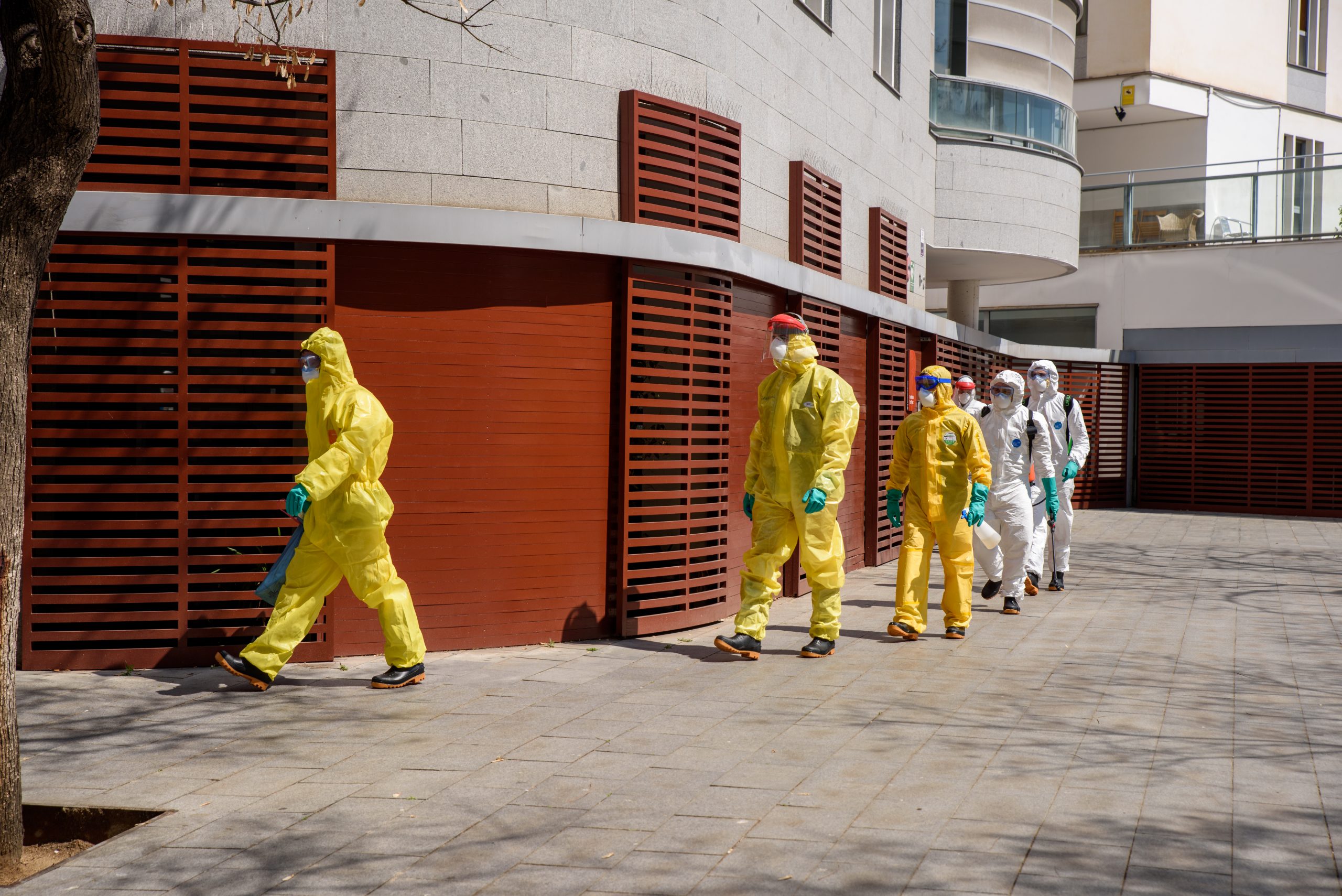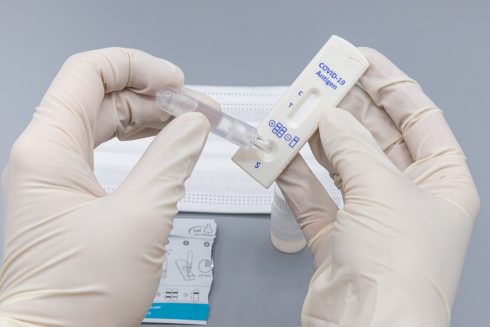INSUFFICIENT testing hampered Spain and the EU’s COVID-19 response, newly-released documents have revealed.
Minutes from the meetings of the European Centre for Disease Control and Prevention (ECDC) show that EU Member States did not realise how quickly the virus had been spreading.
It comes after there have been 176,000 coronavirus-related deaths across Europe and almost 2 million cases of COVID-19.
Health chiefs, including Spain’s Fernando Simon, were in attendance at these five ‘extraordinary meetings’ of the ECDC’s Technical Advisory Council.
At a meeting on February 18 and 19 the Council said that the risk of coronavirus spreading across Europe was ‘low’.
But three days later Northern Italy was shutting down 11 towns, while a week later Spain had 10 confirmed cases.
On February 24, Member States warned about ‘contagion among health staff’ and a ‘lack of surgical masks’.
The minutes reveal fears among health chiefs over inadequate PPE supplies for those on the ‘frontline’.

There were already mask shortages at pharmacies in Spain in January, but by March health workers were denouncing the Government over a lack of ‘critical medical supplies’.
In response to these fears, the minutes state: “Mike Catchpole (Chair and Chief Scientist) noted that there was still possibility to join the joint procurement organised by DG SANTE (deadline the same evening 24 February).”
One participant at the meeting also asked if coronavirus was only transferred ‘via droplet/contact, or whether ‘airborne transmission’ also needed to be considered.
The minutes state: “Cornelia Adloch, Expert Surveillance, ECDC, responded that the evidence for airborne transmission is still weak and transmission via droplet is considered as the main mode of transmission.”
READ MORE:
- Coronavirus has entered its ‘final phase’ in Spain and will be ‘insignificant’ within weeks, says infectious diseases expert
- Five exceptions that permit travel between provinces in Spain regardless of COVID-19 lockdown Phase
This meeting also shows that ECDC officials raised the level of risk in Europe from ‘low’ to ‘moderate’.
Participants also discussed testing and the monitoring of coronavirus.
The decision was taken to ‘to move surveillance of COVID-19 into existing flu surveillance systems’.
It would be almost two weeks later on March 8 when Spain would realise that the virus had been spreading for weeks in Madrid and other regions.
Spain’s first confirmed case was that of a German man in the Canary Islands in January.
The next meeting was on March 4, by which time Spain had registered its first death in Valencia.
The ECDC raised its risk assessment from ‘moderate’ to ‘high’, while Italy reported that some of its hospitals were ‘on the brink’.
Despite this, as of March 4, at 3pm, Spain’s Government still only classified the risk to the general public as ‘moderate’.
The minutes also reveal members’ growing dissatisfaction with the ‘case definition’ of the ECDC and WHO (World Health Organization).
One attendee labelled both organisations’ case definition ‘obsolete’ due to the ‘speed’ of the spread of the virus.
In epidemiology, case definition is essentially the criteria used by public health officials to identify if someone has a disease and the risk to the general population.
By the March 17 meeting, Spain was already in lockdown and had enacted its state of alarm.
The minutes show that ECDC Director, Andrea Ammon, said she regretted the ‘the limited competences’ of the EU in terms of directing health policy.
She also added that the strategy was to ‘flatten the curve’ in order to allow ‘health systems to cope with the increasing flow’.
A lack of PPE is again raised by Member States, while one representative stresses that ‘the move towards herd immunity’ – an initial strategy in the UK – is one of the ‘greatest threats’.
By the time the April 6 meeting comes around, Europe has recorded 50,000 coronavirus-related deaths.
The minutes show that those present discuss the ‘use of mobile phones and applications to automatically track contacts’.
Meanwhile others ask about the ‘role of children in the transmission of the disease’ but the ECDC does not have a clear answer.
When the fifth and final extraordinary meeting takes place on April 21, there have been more than 100,000 deaths in Europe, while the continent’s caseload has surpassed 1 million.
The other main discussions, revealed by the minutes, centred on the prevalence of COVID-19 in care homes, as well as plans to reopen schools.








